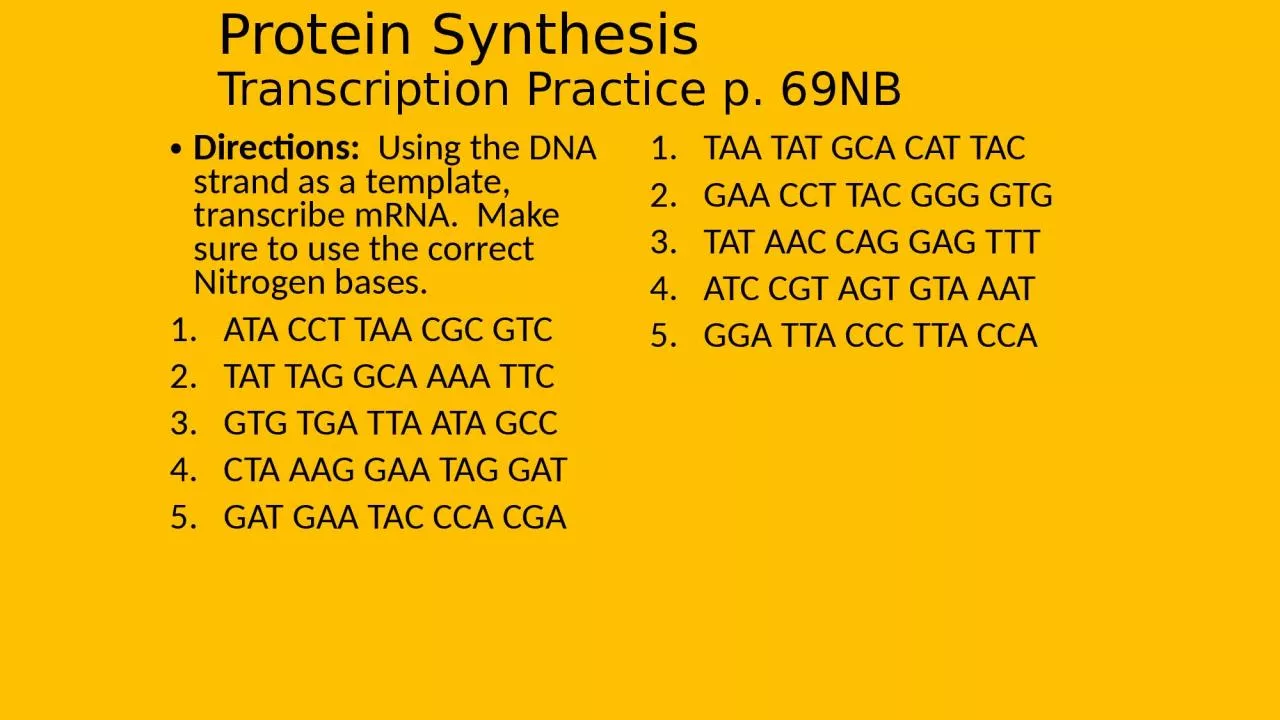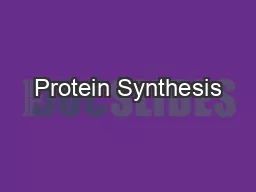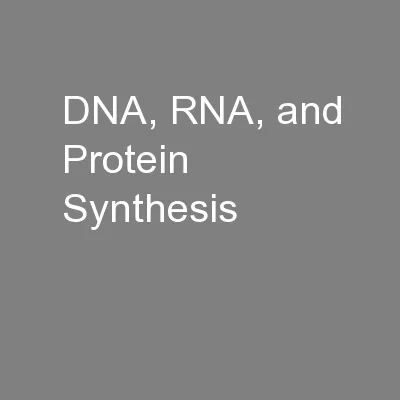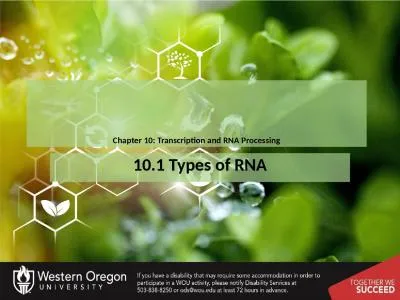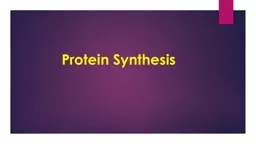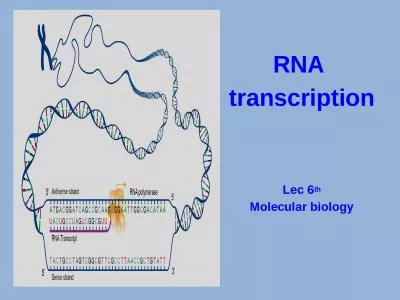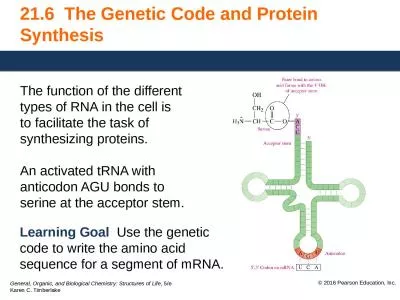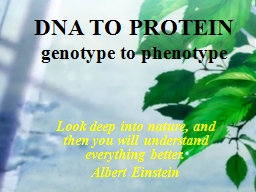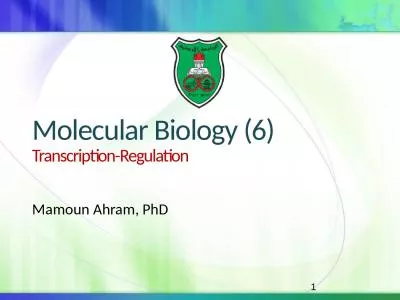PPT-Protein Synthesis Transcription Practice p.
Author : lauren | Published Date : 2024-01-13
69NB Directions Using the DNA strand as a template transcribe mRNA Make sure to use the correct Nitrogen bases ATA CCT TAA CGC GTC TAT TAG GCA AAA TTC GTG TGA TTA
Presentation Embed Code
Download Presentation
Download Presentation The PPT/PDF document "Protein Synthesis Transcription Practice..." is the property of its rightful owner. Permission is granted to download and print the materials on this website for personal, non-commercial use only, and to display it on your personal computer provided you do not modify the materials and that you retain all copyright notices contained in the materials. By downloading content from our website, you accept the terms of this agreement.
Protein Synthesis Transcription Practice p.: Transcript
Download Rules Of Document
"Protein Synthesis Transcription Practice p."The content belongs to its owner. You may download and print it for personal use, without modification, and keep all copyright notices. By downloading, you agree to these terms.
Related Documents

